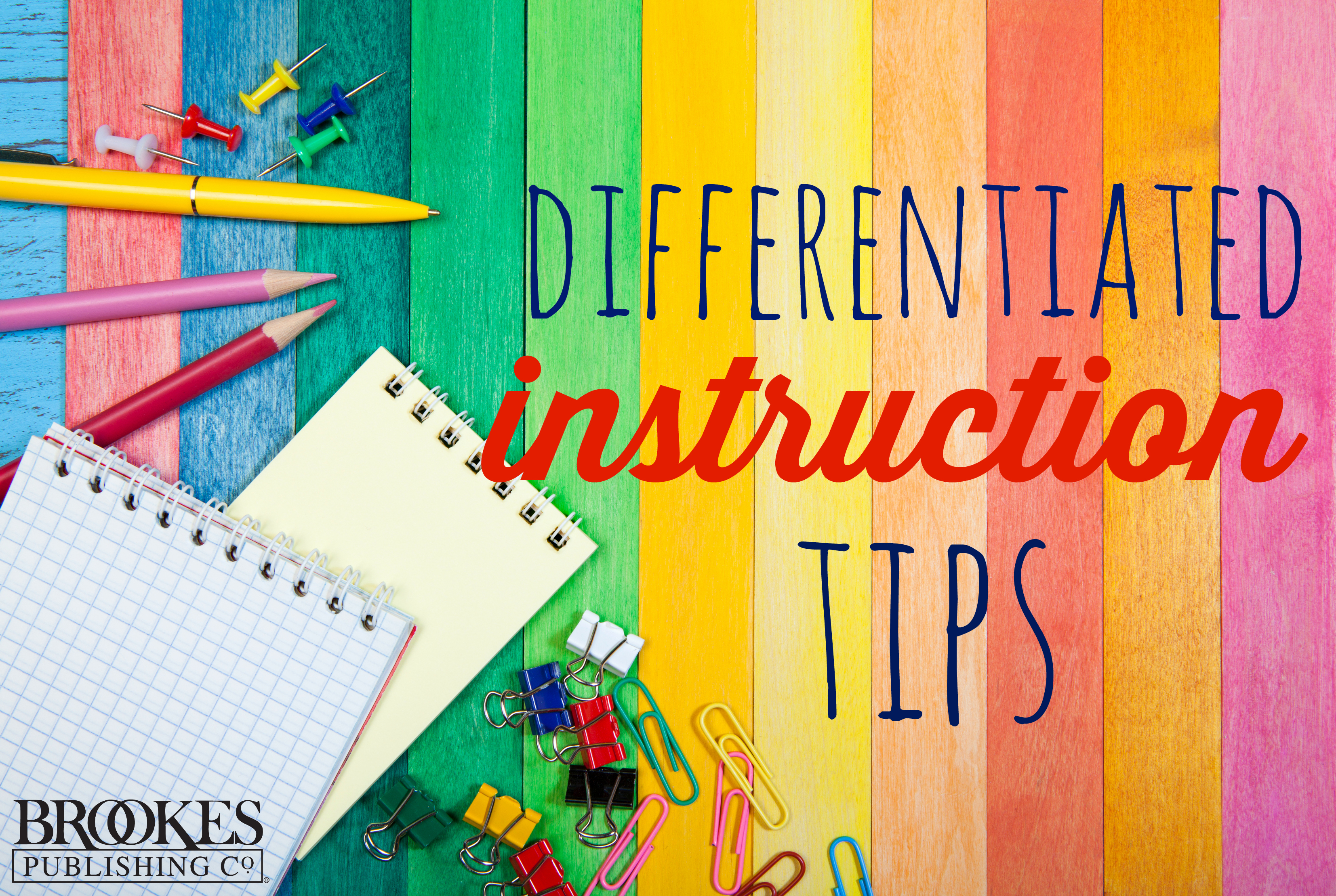"9 Tips for Using Technology to Differentiate Instructions"
By: Sarah Layton, July 20th, 2017
As I was reading through the article; Layton, (2017) states "[Differentiated Instruction] means stepping away from teaching in a classroom in only one way, and incorporating different things for different learning styles, and personalities. This particular article briefly discusses the importance of acknowledging variety of learners and learning needs. Interestingly, what's fascinating about "Differentiated Instruction" is that the classroom environment are built to be highly inclusive. Through "Differentiated instruction" we allow students to work in group settings based on the following criteria skills, interests, readiness or by choice. During this process, teachers are holding students to high standards and as this is happening teachers are keeping in mind about flexible grouping while keeping the lessons goals in mind (Layton, 2017). Furthermore, there are tremendous amounts of benefits for students who are receiving "differentiated Instruction" - The process allows students to have an individualized plan, each student is taught to their own learning style, teachers have creativity, no one is left isolated or behind in their lesson and most of all it teaches both teachers and students extreme flexibility.

Furthermore, in the article; "Differentiating instruction with technology in K-5 Classrooms" Smith and Throne argue "Differentiated Instruction" should be viewed from a positive attitude because it not only supports students in the long term but also impacts teachers and the way they deliver the curriculum. "Differentiated Instruction" is highly unique and it happily embraces the recognition of cultural, familial and academic differences among students.
The following are key components of "differentiated instruction":
§ it encourages modification of instruction to address student diversity and meeting curricular objectives.
§ "DI" promotes comfortable yet challenging learning environment. Teachers realize that the organization and presentation of content affects students motivation to learn and their perceived ability to comprehend the content.
§ As students all have access to "differentiated instruction" there is high level of participation through flexible grouping, simultaneous activities such as learning centres, WebQuests and more.
§ "Differentiated Instruction" allows the classroom to have student-centred approach as constructivists strongly believe learning is extremely meaningful when topics are connected to students needs and interests, here students are given options in their learning environment and its included in decision making processes. What's astonishing is that students are all given choices to choose from rather than one size fits all approach.

6 Impacts of Technology and learning:
1. "Technology improves student performance when the application directly supports the curriculum objectives being assessed".
2. "Technology improves performance when the application provides opportunities for student collaboration."
3. "Technology improves performance when the application adjusts for student ability and prior experience, and provides feedback to the student and teacher about student performance or progress with the application."
4. "Technology improves performance when the application is integrated into the typical instructional day."
5. Technology improves performance when the application provides opportunities for students to design and implement projects that extend the curriculum content being assessed by a particular standardized test."
6. "Technology improves performance when used in environments where teachers, the school community, and school and district administrators support the use of technology."


Iqura@NU
No comments:
Post a Comment